As sustainability continues to shape the construction industry, professionals are adopting energy-efficient methods to reduce environmental impact and enhance building performance. One widely recognized framework guiding these efforts is the Leadership in Energy and Environmental Design (LEED®) certification system, which incentivizes eco-friendly building practices.
Insulated Concrete Forms (ICF) are a proven construction method that aligns with LEED® goals by delivering superior insulation, structural resilience, and minimal environmental impact. ICF helps builders optimize energy efficiency while contributing to sustainable development.
Understanding LEED® Points
What is LEED®?
The LEED® certification system was developed to standardize and promote sustainable building practices. The system awards four certification levels: Certified, Silver, Gold, and Platinum, based on a project’s adherence to green building criteria.
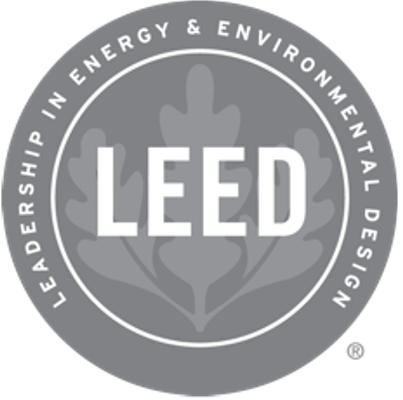
How LEED® Points Work
Buildings earn LEED® certification by accumulating credits in categories such as:
- Energy & Atmosphere
- Water Efficiency
- Materials & Resources
- Indoor Environmental Quality
- Innovation
Projects must register and document sustainable features to earn certification, with higher levels requiring more stringent compliance.
Benefits of LEED® Certification
Achieving LEED® certification offers numerous benefits, including:
- Reduced energy and operational costs
- Improved indoor air quality and occupant comfort
- Increased property value and market appeal
- Enhanced corporate social responsibility and public perception
ICF and Its Role in Sustainable Construction
ICFs consist of hollow expanded polystyrene (EPS) blocks that are stacked, reinforced, and filled with concrete to form high-performance walls (and in the case of Amdeck, floors and roofs). These structures provide unmatched durability and thermal efficiency.
Key Benefits of ICF Construction
- Energy Efficiency: High R-Values reduce heating and cooling loads.
- Resilience: Fire, wind, and flood resistance ensures long-term durability.
- Sustainability: EPS materials are recyclable, and ICF generates minimal waste.
- Versatility: Suitable for residential, commercial, and institutional applications.
LEED® Credits Earned Through ICF Construction
ICF construction can contribute directly and indirectly to a range of LEED® credits. Today, Amvic™ ICF block and flooring systems are United States Green Building Council (USGBC) and Canada Green Building Council (CaGBC) LEED® certified. Amvic™ ICFs can make significant point contributions to your building’s LEED® certification. Below are some of the most significant opportunities.
Direct Contributions to LEED® Points
- Energy & Atmosphere Prerequisite 2 – Minimum Energy Performance: An ICF building envelope exceeds the mandatory performance requirements defined in ASHRAE 90.1 for insulation, thermal mass, and reduced air infiltration.
- Energy & Atmosphere Credit 1 – Optimize Energy Performance (1-10 Points): By leveraging high insulation values, the benefits of thermal mass, and minimal air infiltration, an ICF building envelope can greatly decrease the energy required for both heating and cooling.
- Materials & Resources Credit 2 – Construction Waste Management (1-2 Points): ICF construction typically produces only 1–5% waste, a substantial reduction compared to conventional building methods.
- Materials & Resources Credit 4 – Recycled Content (2 Points): Amvic™ ICF includes polypropylene webs made of 100% post-industrial recycled materials, which make up approximately 60% of the product by weight. In addition, the concrete used in ICF construction can be sourced from recycled materials.
- Materials & Resources Credit 5 – Regional Materials (1-2 Points): Depending on the project’s location, some or all of the ICF materials may originate within a 500-1,500 mile radius. Additionally, it is very likely that the aggregate concrete used to fill the forms will also meet these regional criteria.
Indirect Contributions to LEED® Points
In addition, the following are points that can be gained indirectly by using ICF.
- Sustainable Sites Credit 5 – Protect or Restore Habitat (1 Point): By primarily positioning bracing on the inside of the structure, ICF installation typically requires minimal exterior disturbance.
- Sustainable Sites Credit 7 – Landscape and Exterior Design to Reduce Heat Islands, Non-Roof (1 Point): ICF walls can accommodate light-colored, reflective finishes that help reduce the heat island effect.
- Energy & Atmosphere Credit 2 – Renewable Energy (3 Points): A better-insulated envelope reduces total energy demand, making on-site renewable energy a larger percentage of overall use.
- Energy & Atmosphere Credit 6 – Green Power (1 Point): Lower energy usage translates to reduced costs for purchasing green power contracts.
- Materials & Resources Credit 7 – Certified Wood (1 Point): ICF construction diminishes or replaces wood framing, making it more affordable to use certified wood where needed.
- Materials & Resources Credit 8 – Durable Building (1 Point): ICF’s durability and water resistance help ensure a longer building lifespan, reducing the need for repairs or replacements.
- Indoor Environmental Quality Prerequisite 1 – Minimum IAQ Performance: ICF walls are low-VOC and airtight, helping projects easily meet ASHRAE 62.1 ventilation requirements.
- Indoor Environmental Quality Credit 2 – Ventilation Effectiveness (1 Point): When properly installed, an airtight ICF building envelope makes it easier to control and improve indoor ventilation systems without wasted energy.
- Indoor Environmental Quality Credit 3 – Construction IAQ Management (2 Point): Because ICFs release zero or minimal VOCs, they enhance indoor air quality during and after construction. The moisture resistance also helps prevent mold growth.
- Indoor Environmental Quality Credit 6 – Controllability of Systems, Perimeter (1 Point): With energy savings from an ICF envelope, designers have more flexibility to incorporate operable windows and innovative HVAC controls.
- Indoor Environmental Quality Credit 7 – Thermal Comfort (1 Point): ICF’s thermal mass helps maintain consistent temperatures and humidity levels, supporting occupant comfort.
- Indoor Environmental Quality Credit 8 – Daylight & Views (1 Point): Thanks to an efficient envelope, designers can incorporate larger windows without compromising energy performance, improving daylight and views.
Sustainable Practices Beyond LEED®
Beyond LEED®, integrating sustainable strategies further improves building performance:
- Waste Reduction: Use prefabricated materials and efficient site management.
- Water Efficiency: Incorporate rainwater harvesting and low-flow fixtures.
- Lifecycle Maintenance: Train facility managers in energy-efficient operations.
Case Studies
Net Zero Home (Saint John, NB)
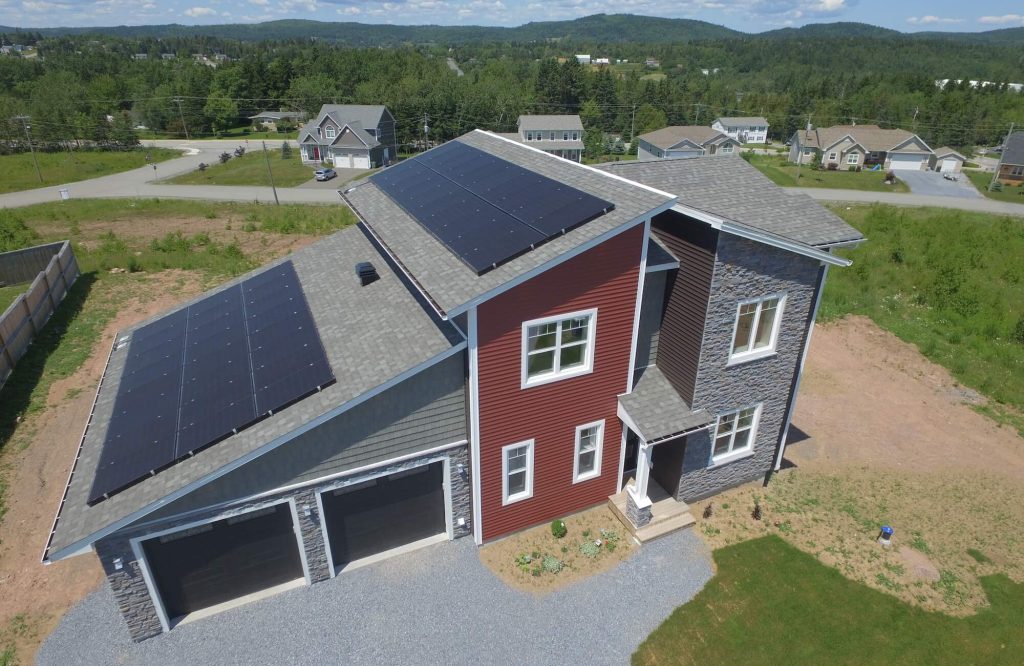
This home achieved net-zero energy status with ICF construction.
“Insulated concrete forms allow us to provide a much higher effective R-value in our building design alongside a stronger structure.” - Brad McLaughlin, MCL Construction Ltd. Read more here
Boulder Farms Townhomes (Johnston, RI)
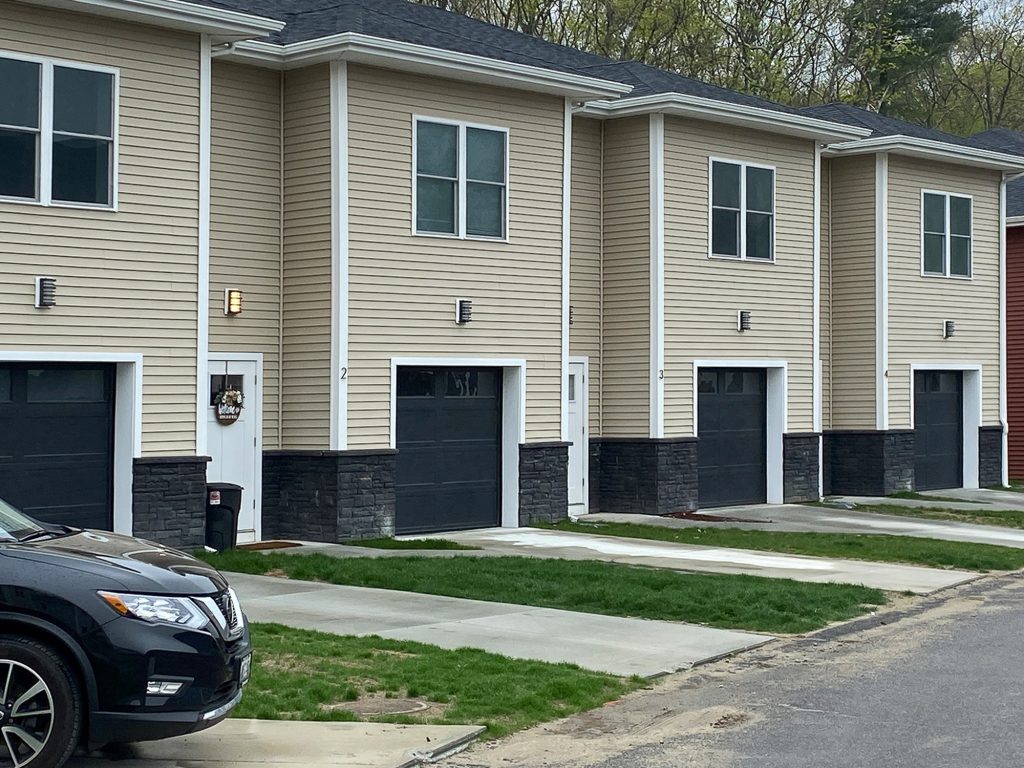
These townhomes achieved a 50% reduction in energy costs using Amvic™ ICF. Read more here
Hampton Inn (Ottawa, ON)
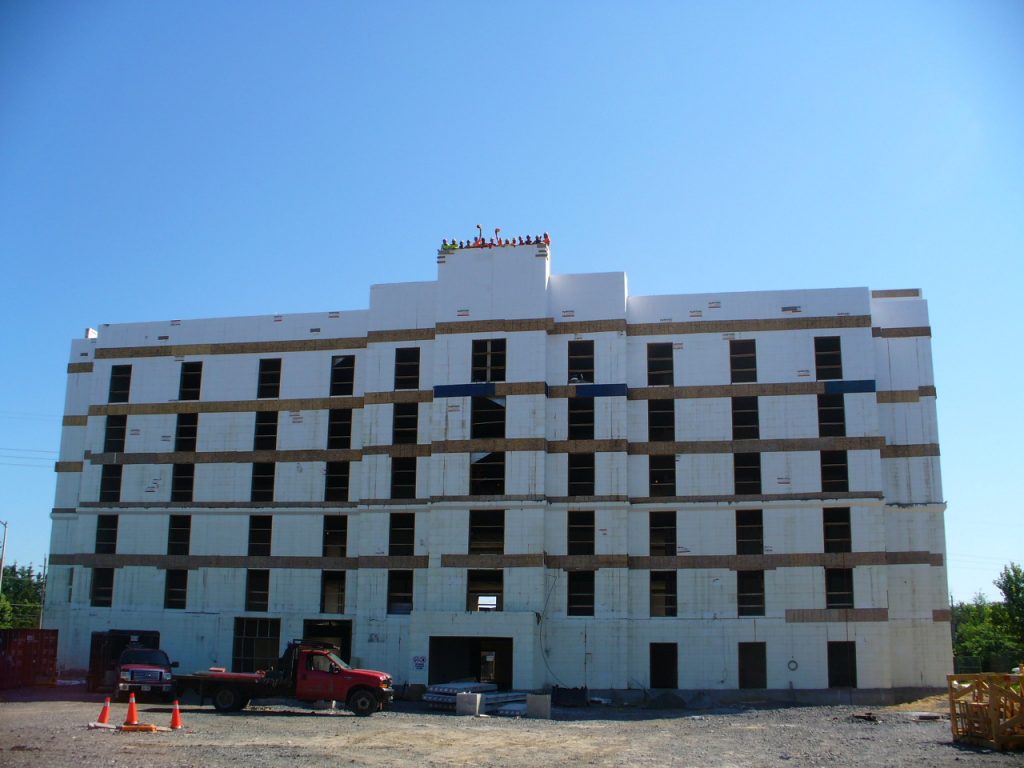
An ICF building envelope improved energy efficiency and soundproofing, reducing operational costs. Read more here
Maine Molecular Expansion (Saco, ME)
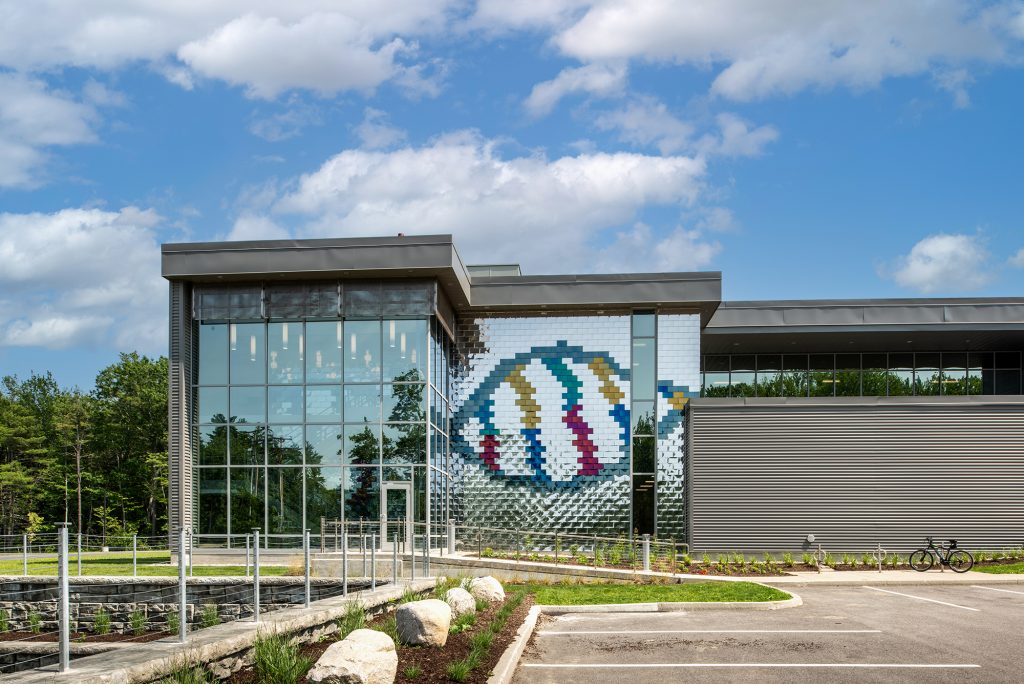
ICF construction helps support the highly-efficient HVAC equipment installed in the laboratory. Read more here
Practical Steps for Implementation
Implementing ICF construction in a LEED®-certified project requires careful planning and collaboration. The following tips can help streamline the process:
Choosing the Right Team
- Work with architects, engineers, and contractors experienced in ICF construction.
- Collaborate with LEED® accredited professionals: These experts can help streamline certification and optimize credit achievements.
Budgeting and Funding
- Explore green building incentives and grants available in the U.S. and Canada: Research local, state/provincial, and federal programs offering rebates, tax credits, or grants for green construction.
- Conduct life-cycle cost analyses to justify upfront investments in ICF: Although ICF can cost more upfront than traditional framing, the long-term savings in energy and maintenance often justify the investment.
Timeline and Project Management
- With the help of your LEED® accredited professional, define clear milestones for construction and certification.
- Maintain detailed and organized records of all sustainable strategies, materials, and processes to facilitate LEED® submission.
Combining ICF construction with LEED® strategies results in sustainable, energy-efficient, and resilient buildings. As the industry advances, ICF remains a top choice for professionals committed to environmental responsibility and long-term cost savings. Work with qualified experts to ensure your project meets the highest sustainability standards.